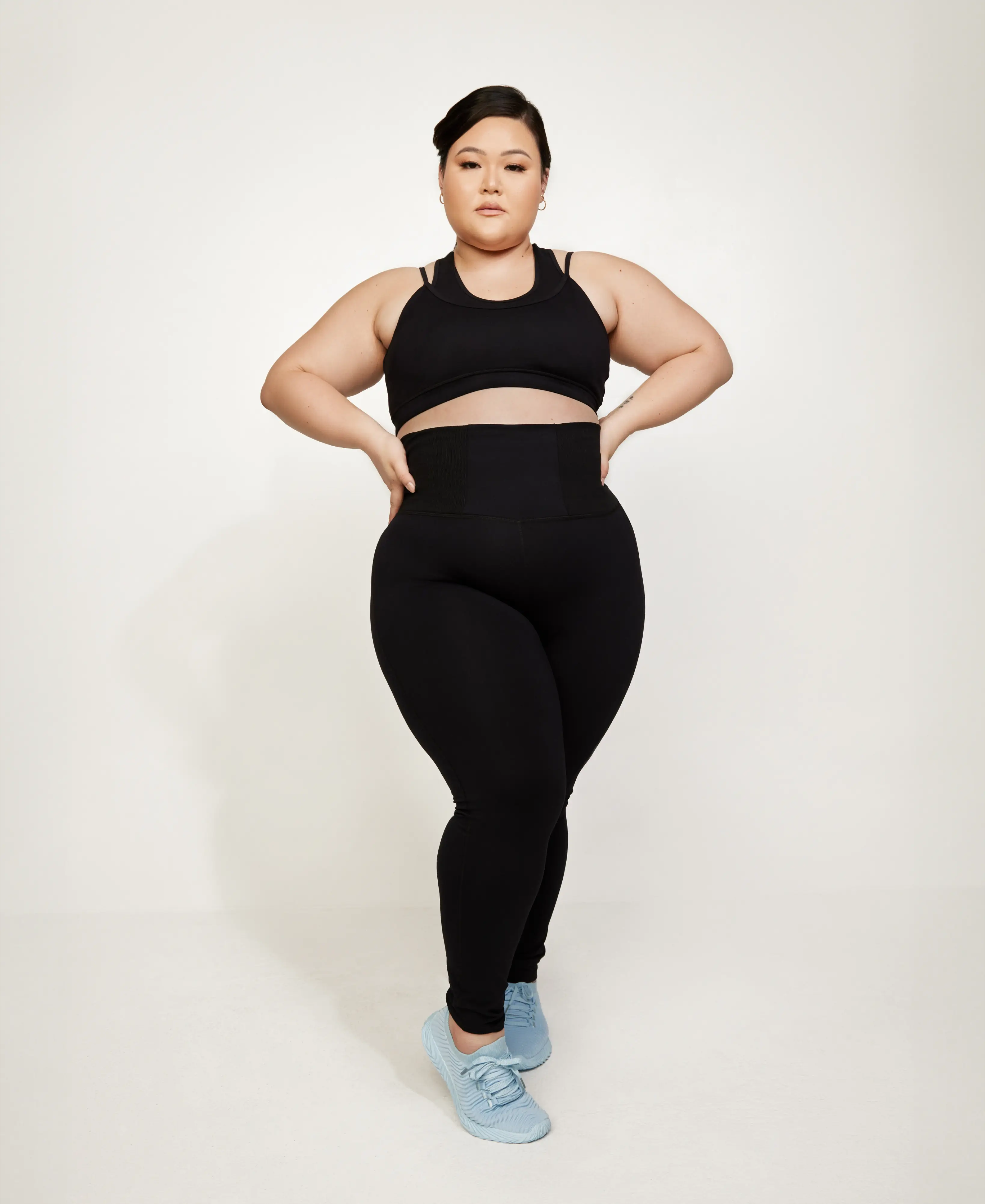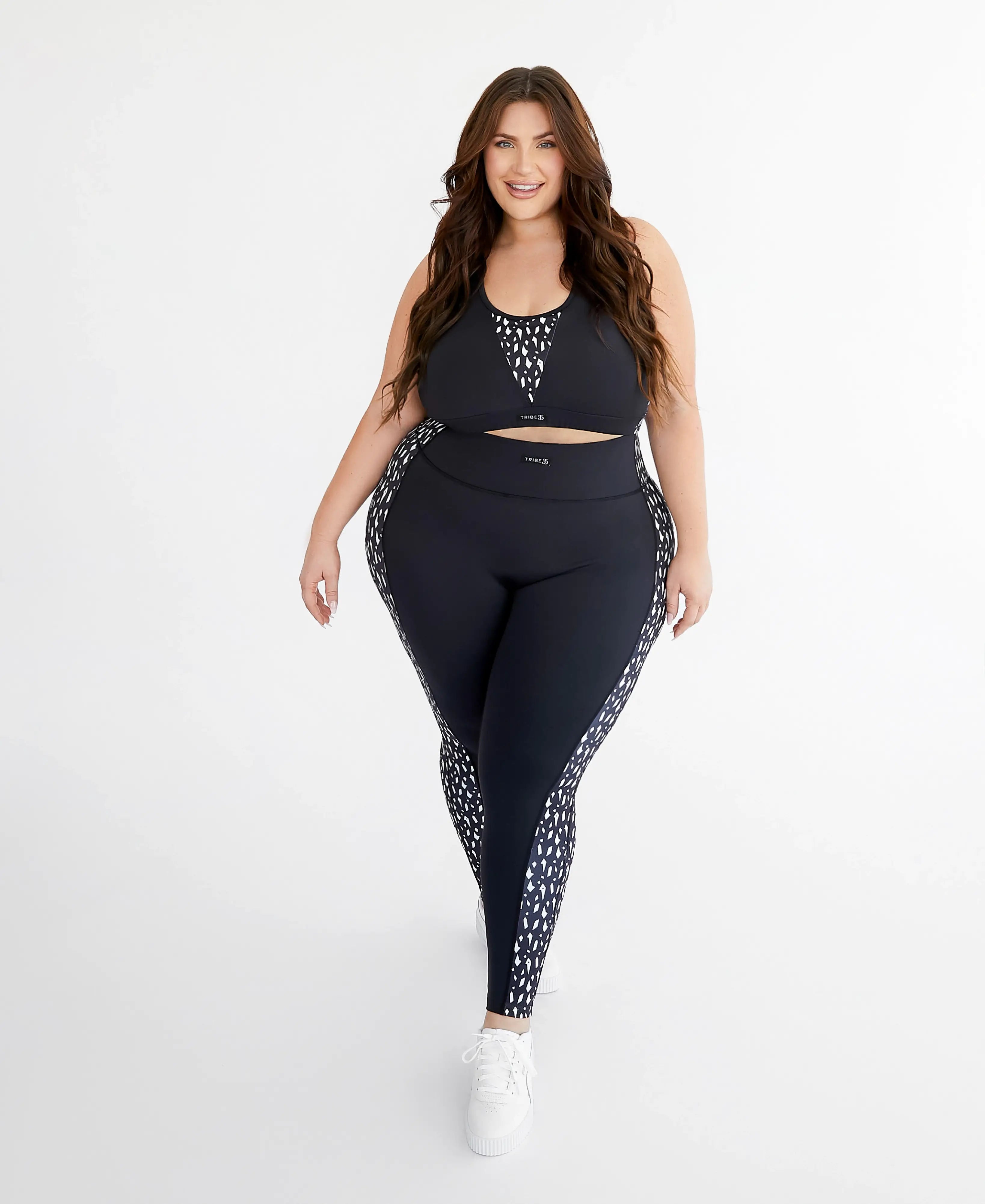If you have struggled with your weight for most of your life, you may have considered weight loss surgery as part of your fitness journey.
Weight loss surgery is certainly not for everyone. However, when combined with a change in diet and active lifestyle, some individuals have used weight loss surgery as a tool to support their goals.
You should absolutely consult your doctor if you are seriously considering surgical options in your weight loss journey. To start, here are just a few of the most popular weight loss surgery options that they may recommend.
Gastric bypass
Gastric bypass is one of the most well-known types of weight-loss surgeries on the market.
The doctor physically removes a part of the existing stomach during this procedure and reconnects the remaining portion directly to the small intestine.
The result? You can’t physically eat as much food at one time, which immediately limits the number of calories you can consume in a single sitting. A “normal” stomach can hold up to 3 pints of food, but after a surgery such as gastric bypass, you may be limited to only 3 ounces at a time!
In addition to the restrictive aspect, gastric bypass also results in your digestive tract being shortened, which means your body absorbs less of the calories you consume.
As you can imagine, weight loss after gastric bypass tends to be quick and substantial, especially in the first six months. However, it also takes a massive shift in diet and a tremendous amount of discipline. It requires a lot of work, but the payoff often leads to quick improvements, especially for weight-related health problems, such as diabetes and high blood pressure.
Adjustable gastric banding/lap band surgery
Adjustable gastric banding (also known as “lap band surgery”) uses a similar concept as gastric bypass, but without cutting out literal pieces of your stomach. Instead, the surgeon attaches an adjustable band around the upper portion of the stomach so that you can only consume a few ounces of food at a time. This band is actually inflatable, so the surgeon can adjust this as needed.
The weight loss after this procedure tends to be less dramatic, but the process itself is safer, the recovery is faster, and the band can be removed later.
Similar to gastric bypass, candidates for this surgery need to follow specific lifestyle changes. They also may need to meet certain criteria to qualify for the surgery (such as having a BMI over 30 and suffering from an obesity-related health issue like diabetes).
Gastric sleeve surgery
Gastric sleeve surgery (like gastric bypass) involves surgically removing and repositioning portions of your stomach. The surgeon removes the outer portion of the stomach before stapling the remaining piece into a sleeve-shaped tube (sometimes only 25% of the original stomach!), therefore restricting the amount of food you can consume at one time.
As you can imagine, this can lead to a significant amount of weight loss in a short time. The operation itself is relatively simple, so for those who suffer greatly from their obesity, it offers a practical solution to improve their health quickly.
This procedure also doesn’t involve manipulating your intestines, so you can still absorb your nutrients at a regular rate. This is especially helpful, since this procedure is irreversible.
Implantable electronic devices
One new contestant to the weight loss surgery realm has been implantable electronic devices, such as the vagal blockage (“vBloc”). In this procedure, the surgeon implants a pacemaker-like device on the vagus nerve, which is the nerve that sends the signal to your brain to make you feel full. By emitting electrical impulses, this device imitates this signal to help you feel full sooner, which helps cut back on your cravings and general appetite.
This device can be operated by remote control and adjusted from outside the body, which makes this procedure one of the least invasive (and most adjustable) options on the market. However, it is not yet endorsed by the American Society of Metabolic and Bariatric Surgery (ASMBS).
Conclusion
Whether you are considering weight loss surgery, or just curious about what options are available to you in your health journey, your clothing makes a difference in the way you are supported and comfortable. Your active wardrobe is essential, whether you’re starting out on your health journey, or you’re recovering from large events (like a weight loss procedure) and want to build on that momentum!
The best plus size leggings on the market give you the benefits of compression clothing in your waist while hugging your legs in soft, opaque fabric. When you feel supported, you feel confident; and when you feel confident, you give your body the love and gratitude it deserves!




